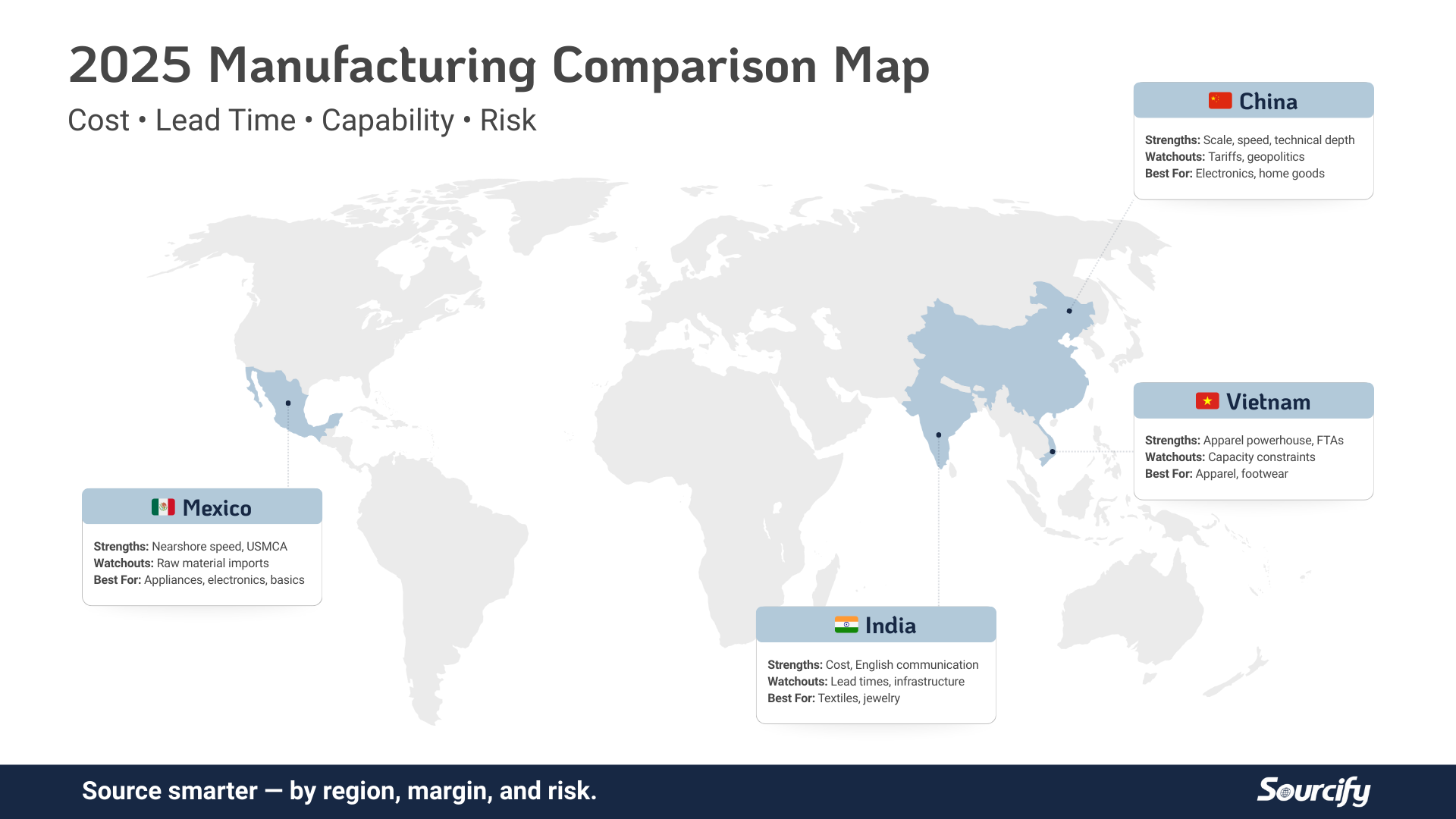Capacity issues can significantly impact a company’s supply chain and business operations. When faced with such challenges, businesses must carefully evaluate their options to ensure continued success. This article aims to examine the complexities of capacity issues in the supply chain and explore whether changing suppliers or adding a new supplier is the best course of action.
Understanding Capacity Issues
Before delving into the decision-making process, it is crucial to understand what capacity issues entail within the supply chain context. Capacity issues refer to a supplier’s inability to meet the demand for products or services due to various factors, such as limited resources, workforce constraints, or technological limitations.
Capacity management is a critical aspect of supply chain management that involves strategically planning and optimizing resources to ensure efficient operations. It encompasses forecasting demand, evaluating production capabilities, and identifying potential bottlenecks in the supply chain.
Defining Capacity Issues in Supply Chain
Capacity issues in the supply chain can manifest in different ways. It could be a situation where a supplier consistently fails to deliver orders on time or encounters delays in production. The shortage of raw materials, equipment breakdowns, or unexpected market demand can also contribute to capacity issues.
Capacity issues can also arise from inadequate communication and collaboration between stakeholders in the supply chain. Misaligned expectations, unclear specifications, or lack of transparency can lead to inefficiencies and disruptions in the flow of goods and services.
The Impact of Capacity Issues on Business Operations
When suppliers struggle with capacity issues, it can have far-reaching consequences for businesses. Delays in receiving essential products or services can disrupt production schedules, leading to missed deadlines and potential customer dissatisfaction. It may also result in increased costs, as alternative suppliers may charge premium prices or expedite delivery at an additional cost. Thus, these issues can directly impact a company’s bottom line and reputation.
Capacity issues can strain relationships between suppliers and their customers, eroding trust and loyalty built over time. Inconsistent performance and unreliable delivery schedules can tarnish a supplier’s reputation and jeopardize long-term partnerships. Proactive communication and collaborative problem-solving are essential to address capacity issues effectively and maintain strong business relationships.
Evaluating Your Current Supplier’s Capacity
Before deciding to change suppliers or add a new one, it is crucial to evaluate your current supplier’s capacity and determine whether the existing relationship can be salvaged.
When evaluating your current supplier’s capacity, it’s important to delve deeper into various aspects of their operations. Beyond just looking at their production capabilities, consider factors such as their workforce stability, technological infrastructure, and financial health. Understanding these additional layers can provide a more comprehensive view of your supplier’s overall capacity and potential for growth or improvement.
Signs Your Supplier is Struggling with Capacity
There are several indicators that can help identify if your supplier is struggling with capacity issues. These signs may include frequent delays in order fulfillment, a decline in product quality, or sudden shifts in the supplier’s production capabilities. Additionally, poor communication, unresponsiveness, or a lack of proactive problem-solving can signal capacity issues within your existing supplier’s operations.
Another subtle sign of capacity issues could be a lack of investment in research and development or a failure to keep up with industry trends. This can indicate that your supplier may not have the necessary resources or foresight to adapt to changing market demands and technological advancements, potentially hindering their capacity to meet your future needs effectively.
The Risks of Overlooking Supplier Capacity Issues
Overlooking supplier capacity issues can be detrimental to your business. Ignoring warning signs and assuming the problems will resolve themselves can lead to prolonged disruptions in the supply chain. This can result in damaged relationships with customers, missed sales opportunities, and the inability to meet market demands. Therefore, it is crucial to assess the risks associated with overlooking these capacity issues and take appropriate action.
Neglecting to address supplier capacity issues can also impact your company’s reputation and brand image. If your customers experience consistent delays or receive subpar products due to your supplier’s limitations, it reflects poorly on your business. This can erode trust and loyalty among your customer base, potentially leading to long-term consequences for your brand’s competitiveness in the market.
Deciding Between Changing Suppliers and Adding a Supplier
Once you’ve assessed your current supplier’s capacity, it’s time to weigh the pros and cons of changing suppliers or adding a new one.
When it comes to making the decision between changing suppliers or adding a new one, it’s crucial to delve deeper into the intricacies of each option to determine the best course of action for your business. Understanding the nuances of supplier relationships and supply chain dynamics can help you make an informed choice that aligns with your strategic goals and operational needs.
Factors to Consider When Changing Suppliers
Changing suppliers is a significant decision that should not be taken lightly. Several factors require careful consideration, such as the impact on product quality, price negotiations, and the transition process itself. Additionally, evaluating the potential for new suppliers to meet your capacity needs and align with your business values is essential.
Changing suppliers can have ripple effects throughout your supply chain, affecting lead times, production schedules, and overall operational efficiency. It’s crucial to conduct a thorough risk assessment and mitigation strategy to address any potential disruptions that may arise during the transition period.
Benefits and Challenges of Adding a New Supplier
Adding a new supplier can have its advantages and drawbacks. On one hand, it offers the opportunity to diversify your supply chain and reduce dependency on a single supplier. This increases resilience and can mitigate the risks associated with capacity issues. However, integrating a new supplier into your operations requires time, resources, and careful supplier selection to ensure seamless collaboration and supply chain continuity.
Adding a new supplier introduces complexities in terms of logistics, quality control, and relationship management. It’s essential to establish clear communication channels, performance metrics, and expectations to foster a productive partnership and achieve mutual success in the long run.
Implementing a Multi-Supplier Strategy
Implementing a multi-supplier strategy can provide further safeguards against capacity issues and enhance supply chain resilience.
How to Successfully Manage Multiple Suppliers
Managing multiple suppliers requires effective coordination and communication. Developing clear performance metrics, establishing robust contractual agreements, and fostering a collaborative relationship with each supplier are crucial components of successful multi-supplier management. Additionally, implementing supply chain visibility tools can help track supplier performance and identify potential capacity issues proactively.
Mitigating Risks in a Multi-Supplier Strategy
While a multi-supplier strategy offers numerous benefits, it also presents certain risks. Overreliance on a particular supplier can shift capacity issues from one supplier to another. To mitigate this risk, businesses must continually assess supplier performance, regularly review supplier contracts, and have contingency plans in place to address any potential disruptions.
Conclusion: Navigating Capacity Issues with Strategic Supplier Management
Capacity issues can significantly impact a company’s supply chain and overall business operations. Determining whether to change suppliers or add a new one is a critical decision that requires a thorough evaluation of your current supplier’s capacity, risks, and potential benefits. Implementing a multi-supplier strategy can provide added resilience against capacity issues but must be managed carefully to avoid unintended consequences. By strategically managing suppliers and supply chain capacity, businesses can navigate capacity issues effectively and ensure continued success.




